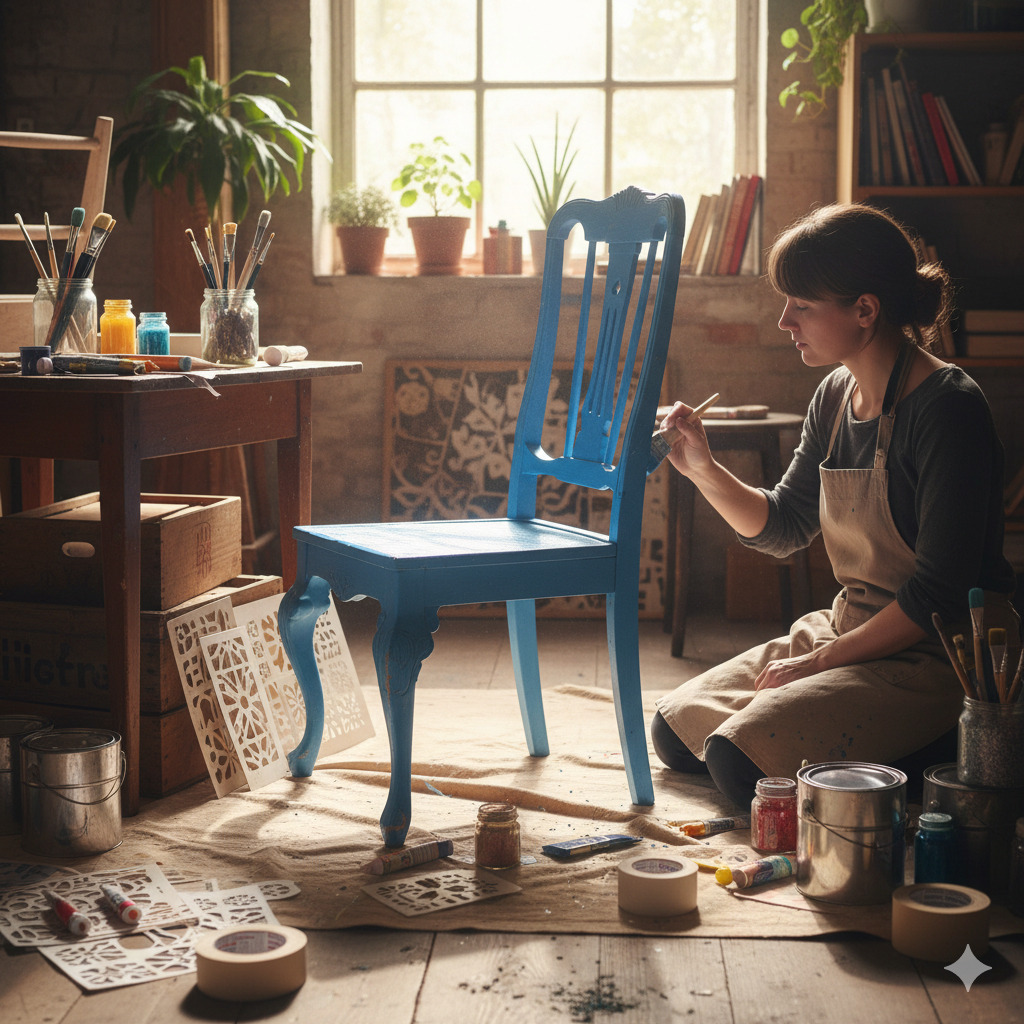Have you ever looked at tired, outdated furniture and wished you could give it a second life? Around the world, furniture upcycling is booming—as people embrace creative, sustainable ways to refresh homes, cut waste, and show off their unique style. This guide brings together practical how-tos, global inspiration, and expert tips for upcycling your own forgotten furniture finds—whether you're a total beginner or an experienced DIY enthusiast.
Why Upcycling Furniture is Having a Global Moment
Across continents, more people are tackling upcycling projects, inspired by the booming DIY movement on social media and a growing desire for eco-friendly living. The numbers tell the story: Google Trends reveals a 277% surge for “furniture upcycling,” and TikTok’s #Upcycling hashtag has racked up over 8.6 billion views in the last year. This wide appeal is fueled by projects that blend creativity, community, and thriftiness—all while helping the planet.
What is Furniture Upcycling?
Upcycling means transforming old, unwanted, or thrifted furniture into something new and stylish—usually with basic DIY tools and minimal spending. Unlike recycling, which breaks materials down, upcycling is about adding value and character through paint, new hardware, or creative repairs.
Essential Tools and Materials for DIY Upcycling
Ready to start? Here’s what you’ll need for most beginner projects:
Sandpaper or sanding sponge
Non-toxic paint or wood stain (chalk paint is trendy and beginner-friendly)
Brushes and rollers
Painter’s tape
New handles/knobs (optional)
Protective sealer (varnish, wax)
Safety gear: gloves, mask
Step-by-Step: How to Upcycle a Wooden Chair
1. Clean and Prep
Wipe the chair, check for loose joints or cracks.
2. Sand
Lightly sand surfaces to help paint stick.
3. Paint
Apply your chosen color in thin, even coats.
4. Add Flair
Use stencils, patterns, or a bold accent color for legs or the seat.
5. Protect
Once dry, seal with a topcoat for durability.
Tip: Upcycle with low-VOC finishes for healthier indoor air.
DIY Inspiration: Easy Furniture Upcycling Ideas
Pallet Coffee Table: Transform pallets into rustic tables with wheels or hairpin legs.
Bookshelf Makeover: Paint thrifted bookcases with geometric color blocking.
Dresser Flip: Replace hardware with vintage knobs, line drawers with wallpaper.
Fabric Headboard: Recover an old headboard with trendy fabric or even recycled denim.
Plant Stand: Convert small stools or side tables into statement plant displays.
Comparison Table: Upcycling vs. Buying New
Factor | Upcycling Old Furniture | Buying New Furniture |
Cost | Low, often under $50 | Medium-high |
Eco-Friendliness | Reduces waste, saves resources | Higher carbon footprint |
Creative Control | Full personalization | Limited by brands/styles |
Skill Level Required | Beginner–advanced (varies) | None |
Uniqueness | One-of-a-kind | Mass-produced |
Time Investment | 2–12+ hours/project | 1–2 hours shopping |
Trending Styles: What’s Hot for 2025
According to home design blogs and social media, the biggest upcycling styles this year include:
Two-tone paint jobs (mixing natural wood with vibrant colors)
Art Deco and minimalist looks
Sustainable swaps: using eco-paints and upcycled textiles
Mixed materials (wood + metal or glass)
Furniture Upcycling FAQs
Q1: Do I need advanced DIY skills to start?
A: Not at all. Most upcycling projects are beginner friendly, and lots of step-by-step video tutorials exist online.
Q2: What’s the best paint for furniture upcycling?
A: Chalk paint and acrylics are popular—they cover well, dry quickly, and come in eco-friendly versions.
Q3: Can all furniture be upcycled?
A: Most solid wood, metal, and even some plastics can be upcycled. Avoid particleboard or water-damaged pieces.
Q4: How can I make my upcycled pieces last?
A: Prep, seal, and use quality hardware for durability, and always let paint cure fully before heavy use.
Q5: What if I make a mistake?
A: Most slip-ups can be fixed: sand and repaint, or get creative and mask errors with stencils or patches!


